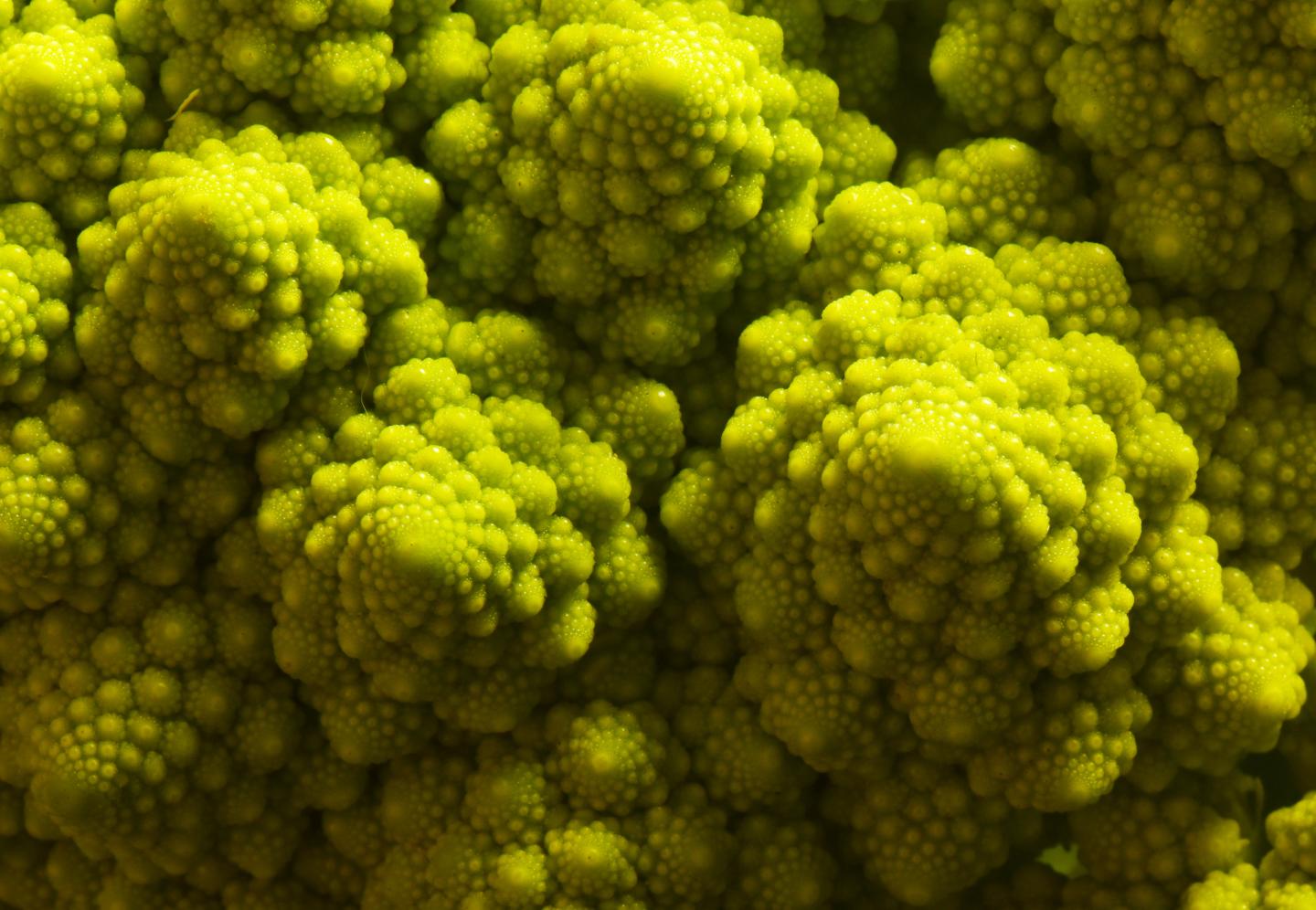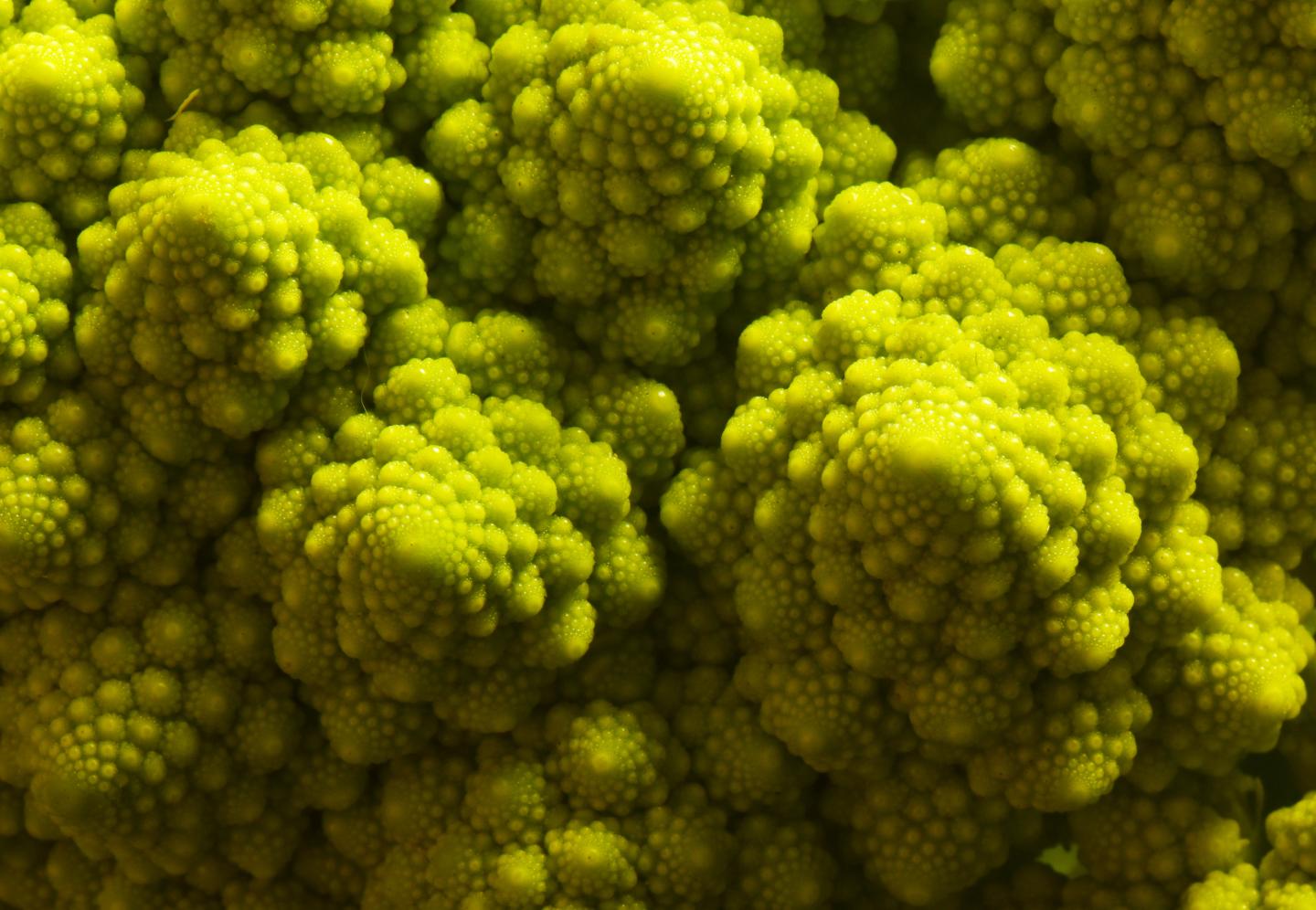
Credit: Jan-Peter Kasper/FSU
Jena (Germany) Mild in flavour and of great nutritional value: the light-yellow vegetable oil pressed from sunflower seeds has a wide range of uses and is extremely healthy, as it contains a large proportion of unsaturated fatty acids. These are fatty acids with hydrocarbon chains that contain one or more double bonds. "As these double bonds can occur at different places in the molecule, there are fatty acids with the same chain length, but a different structure," explains Prof. Stefan Schuster of Friedrich Schiller University Jena (Germany). The work of the professor for Bioinformatics and his team is driven by the question of whether and how the total number of structural formulas of fatty acids with a given chain length can be calculated, so as to be able to use this quantity for analytical processes.
The efforts of the Jena University researchers recently led to an interesting discovery. They were able to prove not only that the number of naturally occurring fatty acids with increasing chain length can be predicted in an elegant fashion, but in the respected journal 'Scientific Reports', they also show that this number is in line with the well-known Fibonacci sequence (DOI: 10.1038/srep39821). In this sequence, named after the Italian mathematician Fibonacci (around 1170 to 1240), each number is the sum of the two previous numbers: 1, 1, 2, 3, 5, 8, 13, 21, etc. "In the case of fatty acids, this means that the number of possible fatty acid structures increases by a factor of approximately 1.618… with each additional carbon atom," explains Schuster. The longer the chain, the closer the sequence gets to this factor. While only one structure is possible for chain lengths with one or two carbon atoms, when there are three or more carbon atoms, this number increases to two, three, five, etc. "Six atoms already give us eight possibilities, with seven carbon atoms there are 13 possible structures, and so on."
The factor 1.618… describes a ratio that is known as the 'Golden Mean' (also called Golden Ratio or Golden Section) and can be observed in nature, but also in art. It can be found, for example, in architectural masterpieces, such as the old town hall in Leipzig, but also in flowers, snail shells, and even in the human body. If the proportions of parts of buildings, plants or bodies are in a ratio of 1.618 to one another, the human eye experiences this as particularly balanced and 'harmonious'.
"The leaves of many plants or the seeds of the sunflower are also arranged according to this rule," says Prof. Severin Sasso of the Institute of General Botany and Plant Physiology of the University of Jena. The Assistant Professor for Molecular Botany is one of the authors of the recent publication, alongside doctoral candidate Maximilian Fichtner. "It is interesting that specific substances contained in sunflowers – the fatty acids – follow this principle." However, sunflower oil contains by no means all possible fatty acids. It consists mainly of fatty acids with a chain length of 16 or 18 carbon atoms. According to the calculations done by the bioinformatics researchers in Jena, there could be just under 1000 variants of fatty acids with a chain length of 16 atoms or over 2500 variants for those with 18 atoms. "Similar correlations also occur in certain classes of amino acids," adds Maximilian Fichtner.
The findings relating to the Fibonacci sequence in fatty acids can be applied above all in the field of lipidomics – the comprehensive analysis of all fats in a cell or an organism. "An exact knowledge of the substances that can theoretically occur is essential for this work," notes Prof. Schuster. Lipidomics is used to study the metabolic processes and interactions with other cellular substances in which fats and their constituent elements are involved.
Original Publication:
Schuster S et al. Use of Fibonacci numbers in lipidomics – enumerating various classes of fatty acids. Scientific Reports 7 (2017) 39821, DOI: 10.1038/srep39821.
Contact:
Prof. Stefan Schuster
Chair of Bioinformatics of Friedrich Schiller University, Jena
Ernst-Abbe-Platz 2, 07743 Jena, Germany
Phone: +49 (0)3641 / 949580
E-mail: [email protected]
###
Media Contact
Ute Schoenfelder
[email protected]
http://www.uni-jena.de
############
Story Source: Materials provided by Scienmag





